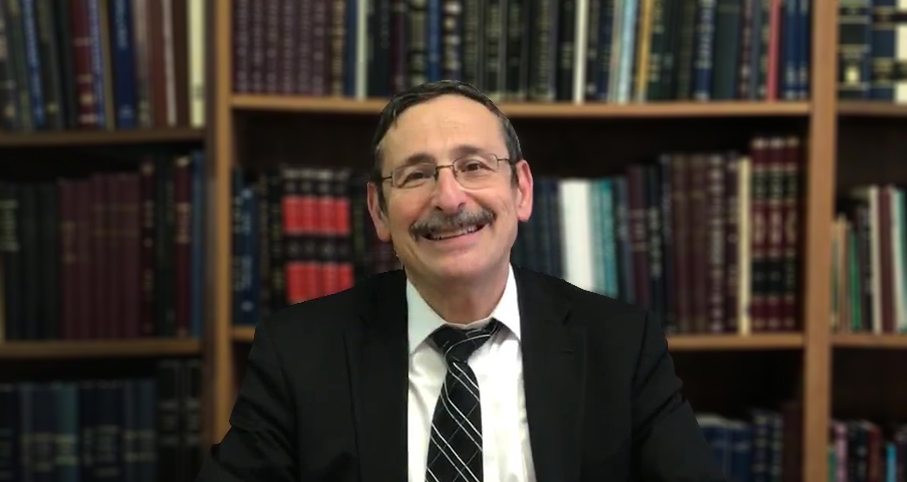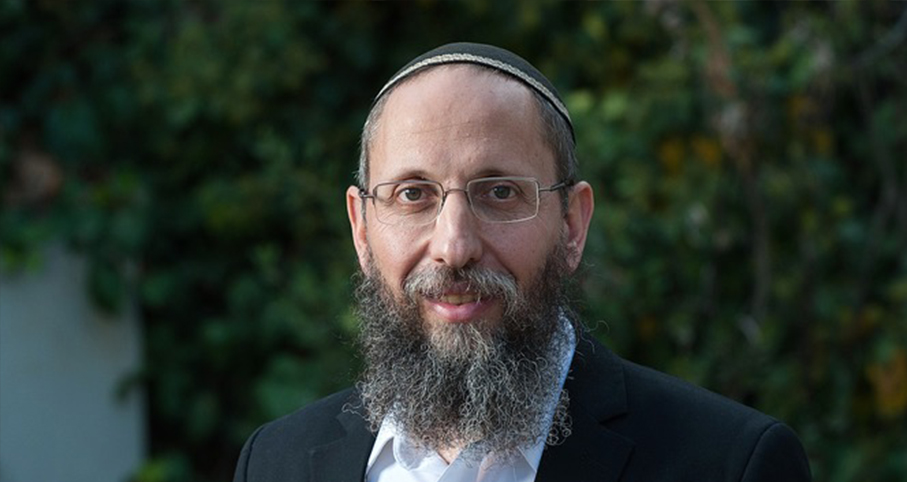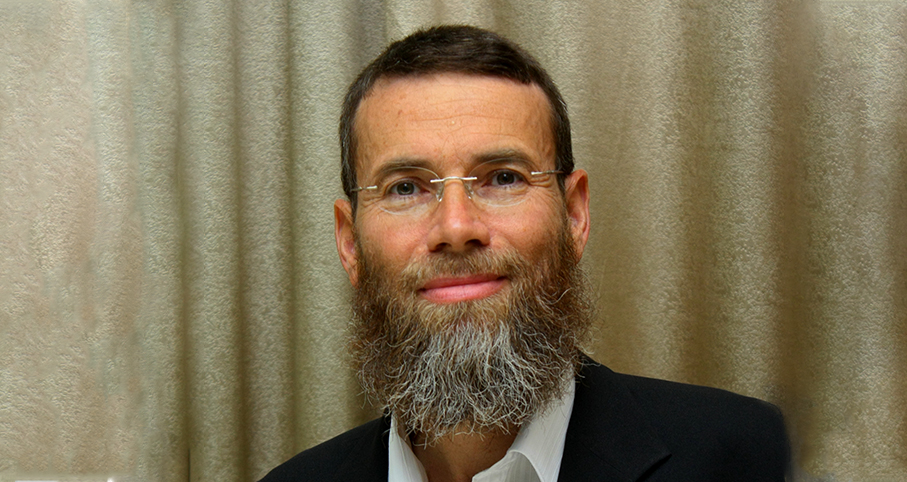Beit Midrash
- Shabbat and Holidays
- Rosh Hashana
- The Essence of Rosh Hashana
The Torah study is dedicatedin the memory of
Asher Ben Haim
Malchuyot is a vehicle to reconfirm the coronation of Hashem as King of the Universe, on this day that commemorates the beginning of the world’s existence. We invoke the concept of kingdom, the most grand and powerful position in human hierarchy, in order to try to capture something of the awe-inspiring nature of Hashem. Of course, the metaphor can take us only so far, as Hashem’s grandeur and omnipotence cannot be fully described in human terms or grasped by the human mind.
After reaching some type of picture of Hashem’s greatness, we are hit with the question: could Someone so great be interested by and involved in the lives of lowly humans? Through the p’sukim in Zichronot, we are reminded that Hashem was and will continue to be involved in the course of human history. He recalled and acted mercifully with Noach in the ark and with Bnei Yisrael in the depths of their servitude in Egypt and remembers for our benefit our belief in Him as we ventured out to the wilderness.
Other questions still linger on. He exists and leads us through history. But isn’t He too distanced to communicate with? To deal with this question, we are introduced to an ancient yet contemporary form of communication, the precursor l’havdil to the dots and dashes of Morse Code, which far surpasses even the codes of modern computers in its power. That is described in Shofarot. Hashem has used the shofar to communicate with us at Har Sinai and He has instructed us to use it communicate with Him. The sound of the shofar contains our emotions, in sounds that are more profound and versatile than words could ever be.
It is interesting that each of the three elements is the center of a different part of the day’s religious activities. Malchuyot is the center of our tefillot, taking over the main beracha of the day ("melech ...mekadesh ...v’yom hazikaron") and appearing prominently in many of our piyutim. Zichronot is highlighted in the Torah reading, where we read of Hashem’s remembering Sarah and the akeidat Yitzchak, two of the main themes of that beracha. Of course, Shofarot is carried out in the main, active Torah mitzva and the only motif of the day that the Torah mentions explicitly, the blowing of the shofar (Bamidbar 29:1). Thus, the three pillars of our spiritual existence, our tefilla ("service of the heart"), Torah study, and our performance of mitzvot, are all utilized to give proper expression to the concepts of the day.

The Essence of the Days of Awe
Rabbi Shaul Yisraeli zt"l | Tishrei 5721

How Do we Know that Rosh Hashana is the Day of Judgment?
Rabbi Yossef Carmel | 1 Tishrei 5764

The Essence of the Days of Awe
Rabbi Shaul Yisraeli zt"l | Tishrei 5721





















